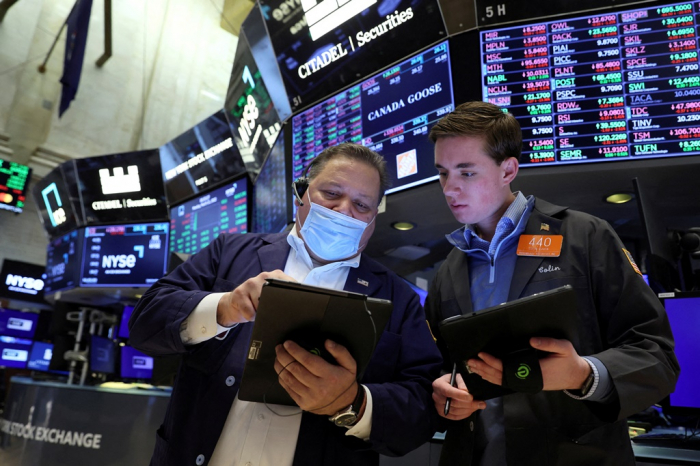South Korean funds for overseas stock investments enjoyed the return of money to buy growth shares in the US on dips this year, while local investors pulled money out of funds for domestic stock markets.
That compared with the second half of 2021 when money had flowed into South Korean stocks and exchange-traded funds (ETFs) due to the weakness in US tech shares.
Funds for foreign stock investments saw a net inflow of 4.2 trillion won ($3.5 billion) until March 25 this year with 1 trillion won influx out of the total in the recent one month, according to market tracker FnGuide Inc. on Tuesday. Funds to invest in the local equity markets also reported a net inflow of 1.3 trillion won during the period, but they suffered a net outflow of 862.3 billion won in the recent one month.
INFLOW TO ETFS FOR FOREIGN STOCKSIn the ETF markets, the trend is more pronounced. ETFs for foreign stocks reported a net inflow of 3.6 trillion won, while the basket of securities for local markets logged a net outflow of 278.4 billion won with an outrush of more than 1 trillion won in the recent one month. That contrasted with the trend in the second half of last year.
“In the second half of last year when US tech stocks corrected, inflows to foreign stock funds had shrunk,
while domestic stock funds, especially active ETFs, had seen inflows,” said Kim Hoo-jeong, a Yuanta Securities analyst. “But the volatility in local stock markets increased, raising outflows from domestic funds centered on ETFs.”
Among the funds for overseas stocks, ones to invest in shares in North America and China enjoyed large inflows. Funds for North America reported a net inflow of 2.3 trillion won and China funds logged a net inflow of 1.3 trillion won.
Such inflows indicated that investor sentiment on growth stocks, which were battered by the war in Ukraine and inflation, may have recovered enough to seek bargain hunting, analysts said.
“ETFs for US stocks, Chinese EVs and China’s STAR Market are in the spotlight,” Yuanta’s Kim said, referring to the Shanghai Stock Exchange Science and Technology Innovation Board, is a Chinese science and technology-focused equities market.
Write to Ji-Yeon Sul at
sjy@hankyung.comJongwoo Cheon edited this article.



